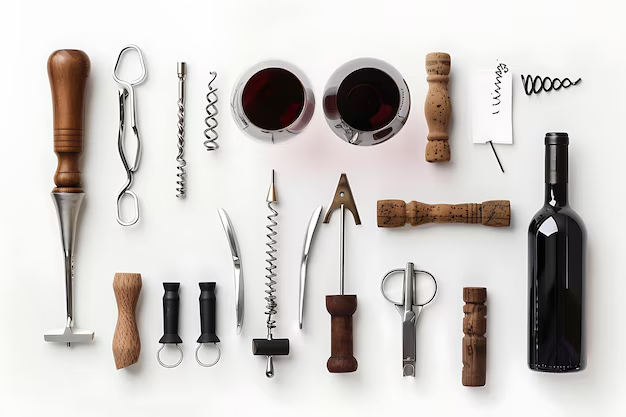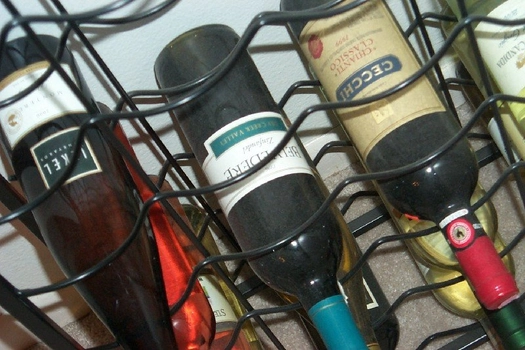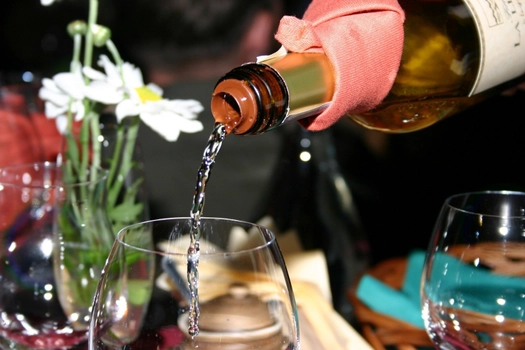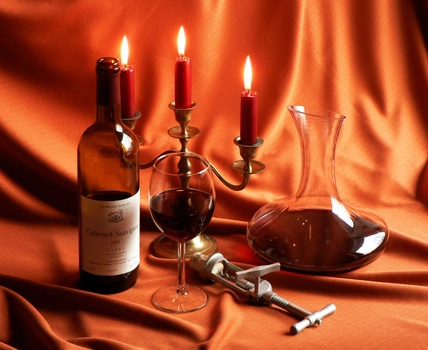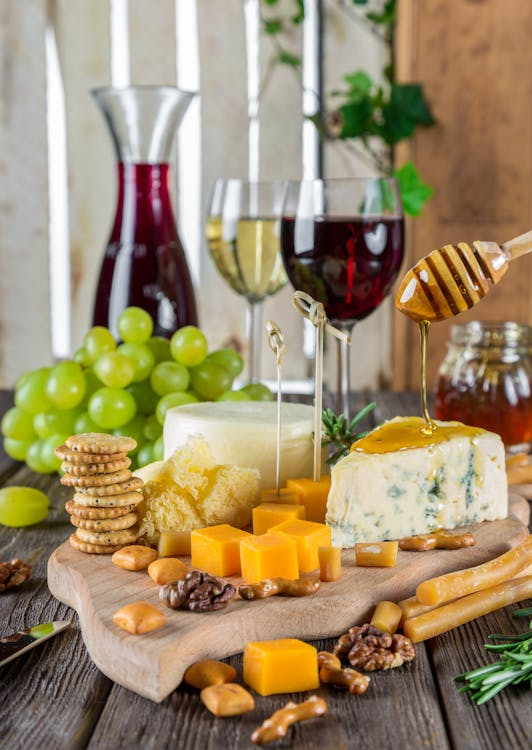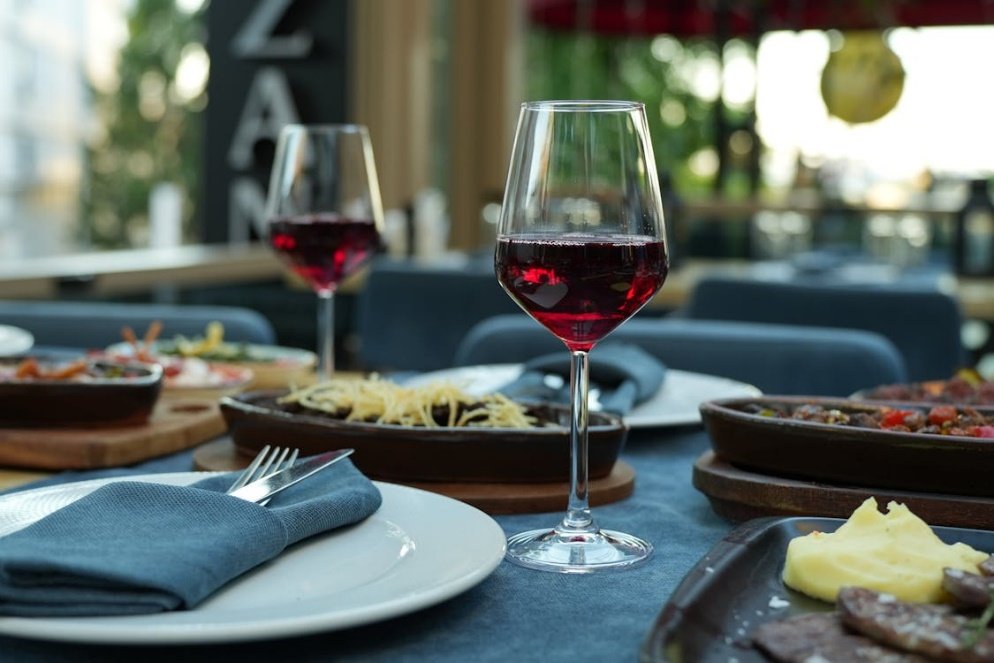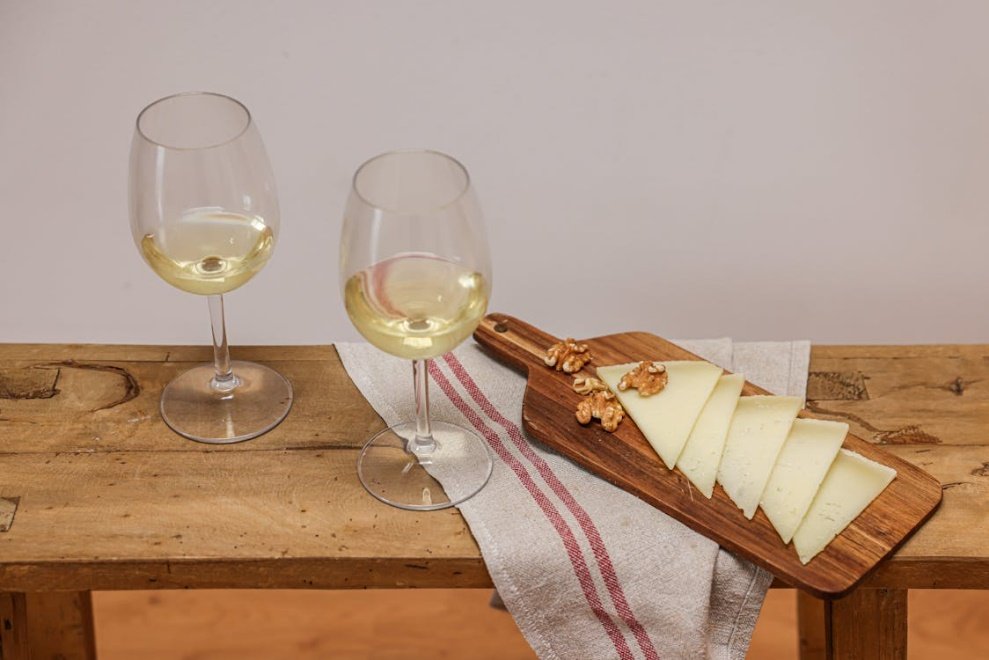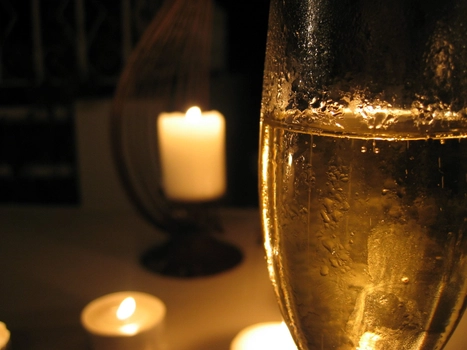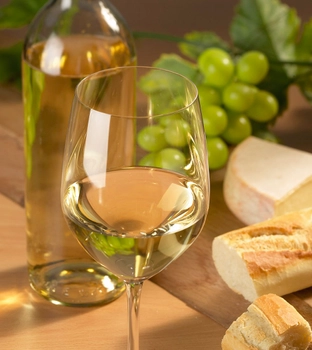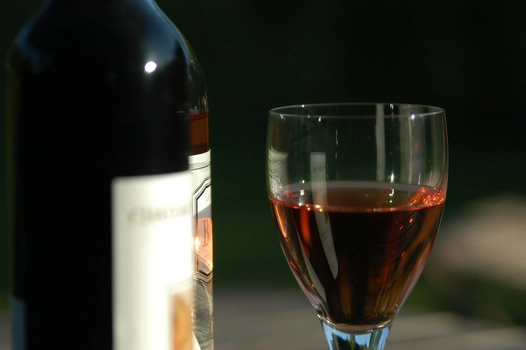Tools & Accessories
Serving wine correctly enhances the drinking experience and allows the wine’s flavors and aromas to shine. Here are some essential tips for serving wine: Choose the Right Glassware – For sparkling wines, use flutes or tulip glasses to help retain the bubbles. Monitor Temperature – Serve red wines slightly below room temperature, around 55°F to 65°F (13°C to 18°C). – White wines are best served chilled, ideally between 45°F and 55°F (7°C to 13°C). – Sparkling wines should be served very chilled at around 40°F to 50°F (4°C to 10°C). Decanter – For certain wines, especially young or full-bodied red wines, decanting can enhance their flavor by allowing them to aerate. Let the wine breathe in the decanter for about 15 to 30 minutes before serving. Corkscrew – This is the most essential tool for opening bottles with corks. There are various types: – Waiter’s Corkscrew: A compact tool with a blade for cutting the foil, a corkscrew for removing the cork, and a lever for easy extraction. -Winged Corkscrew: Features two levers that raise as you twist the handle, making it easier to extract the cork. – Electric Corkscrew: A battery-operated option that removes corks with the push of a button, ideal for those who struggle with manual corkscrews. – Foil Cutter: A small tool designed to cut the foil or capsule on the neck of the wine bottle, allowing for a clean opening without tearing. -Wine Opener: A simple, easy-to-use device that can efficiently extract corks without twisting, sometimes also featuring an integrated foil cutter. Storage -Wine Rack: A storage solution that keeps bottles in a horizontal position, which is essential for corked wines to maintain moisture in the cork. -Wine Cooler or Refrigerator: A dedicated appliance designed to maintain optimal temperatures for wine storage, ensuring consistent temperature and humidity levels. -Wine Preservation Systems: Devices like vacuum-pumps or argon gas wine preservers help to remove oxygen from opened bottles to slow down oxidation and preserve flavors. -Temperature and Humidity Monitor: A digital gauge that helps track the storage environment’s conditions, ensuring that the wine is kept in optimal conditions. -Wine Chiller/Ice Bucket: A container filled with ice and water to keep white and sparkling wines chilled during serving. It’s stylish and practical for maintaining temperature. -Aerator: A device that adds air to wine as it is poured, allowing for instant aeration without the need to decant. Some aerators also filter out any sediment. -Pouring Spout: A spout that fits into the bottle’s neck, allowing for a smoother pour and minimizing drips. -Wine Coaster: A tray or mat for placing the bottle of wine. It catches any drips or spills, protecting your table or serving surface. -Glass Marker or Labels: Small items used to identify glasses at gatherings, especially when serving different wines, helping guests keep track of their drinks. These accessories enhance the overall wine experience from the moment you open the bottle to serving it at the table, ensuring that each glass is enjoyed to its fullest potential. All of these items may be found in our wine shop and the selection is designed to fit any budget.
